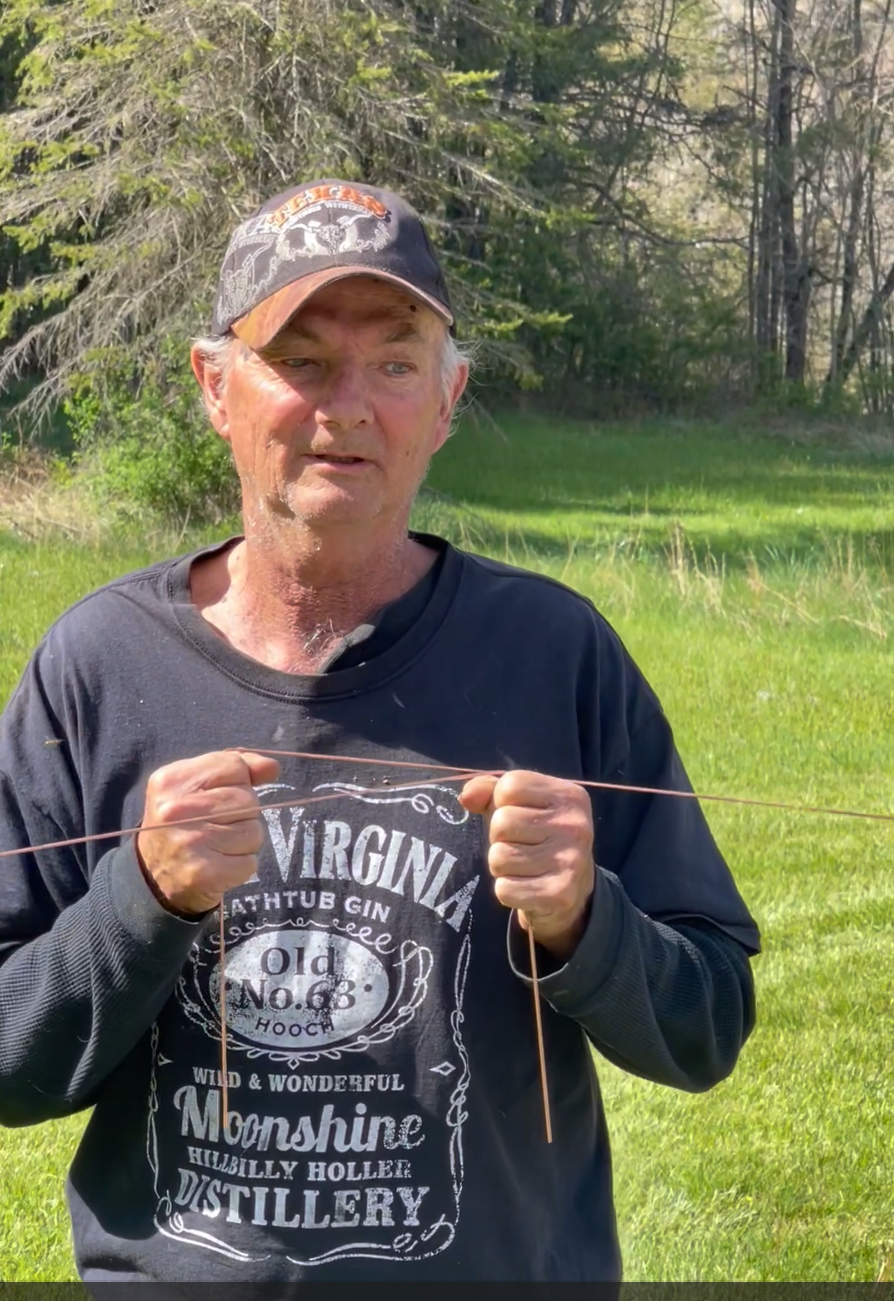
Folk Lore & More
Folk Lore
Watcher Witching: Discovering the Mystique of Water Witching: A Journey Through Appalachia
Water witching, also known as dowsing, is an ancient practice shrouded in mystery and tradition. Its roots run deep in cultures around the world, but it holds a particularly cherished place in Appalachian folklore. This practice of locating underground water sources, minerals, or other hidden objects has fascinated generations, blending practicality with a touch of mysticism.
What is Water Witching?
At its core, water witching involves the use of simple tools—like forked sticks or metal rods to detect the presence of water beneath the Earth's surface. A dowser, as the practitioner is called, walks over an area holding these tools and observes their movements. If the tools dip, twitch, or react in some way, it’s believed to signal the presence of water or other materials.
While intriguing, water witching lacks scientific validation. Many attribute its successes to chance or the dowser's subconscious familiarity with the landscape. Skeptics see it as a pseudoscience, but for those who practice and believe in it, the results speak for themselves.
Supplies Needed to Water Witch
You need a set of dowsing rods. These can be handmade from a metal coat hanger. Or you can make them from two pieces of copper easily found at the hardware store.
Make your own dowsing rods with a metal coat hanger or copper wires to practice water witching
Water Witching in Appalachian Folklore
In Appalachia, water witching became an essential skill in communities where modern utilities were historically scarce. Families and farmers relied on local water witches to locate underground springs for wells—a task crucial for survival and self-sufficiency.
But the practice wasn’t just practical; it was deeply tied to Appalachian culture. Passed down through generations, it was sometimes considered an inherited gift or a talent requiring sensitivity to the land. This added a layer of mystique to the tradition, transforming it into more than just a means of finding water—it became a symbol of connection to the Earth and its secrets.


